36 days of type - X
X is a really tricky letter to find typographic terms relating to therefore it was a bit of a struggle at first and research was broad just to get to a general direction. One such unused direction of research that I will look to pick back up in the future when I have more time and fewer restrictions was found via Chinese artist Xu Bing's fusion of English and Chinese. Xu created some glyphs that could be read both in Chinese via their squared semiotic approach to language and in English as some of the Chinese strokes resembled Latin letters.
After a big headache and lots of sketches, I decided to simplify and get the letter done by revisiting the Greek alphabet which in turn had its own criteria pondering points as the Greek letter than gave its aesthetic to our modern X, Chi does not begin with X. For this reason I set about combining the 2 constituents of the ks sound we're used to Xi and Chi.
"Both in classical Ancient Greek and in Modern Greek, the letter Ξ (Chi) represents the sound [ks]. In some archaic local variants of the Greek alphabet, this letter was missing. Instead, especially in the dialects of most of the Greek mainland and Euboea, the sound [ks] was represented by Χ (which in classical Greek is chi, used for /kʰ/). Because this variant of the Greek alphabet was used in Italy, the Latin alphabet borrowed Χ rather than Ξ as the Latin letter X"
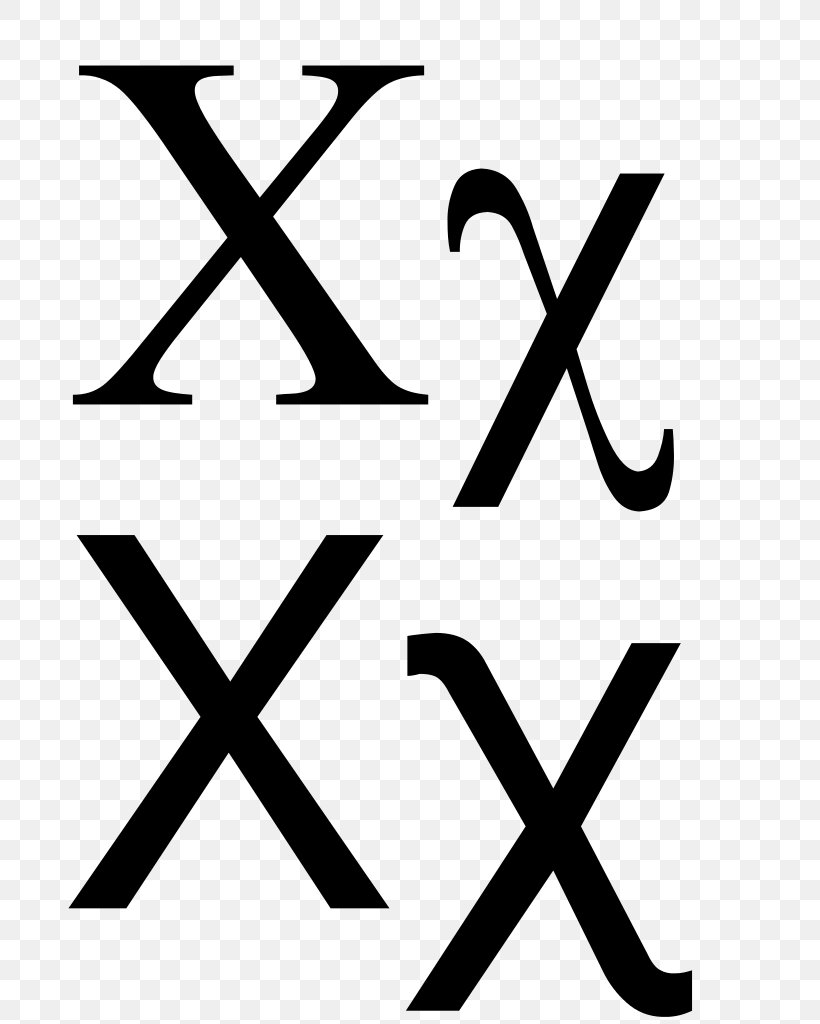
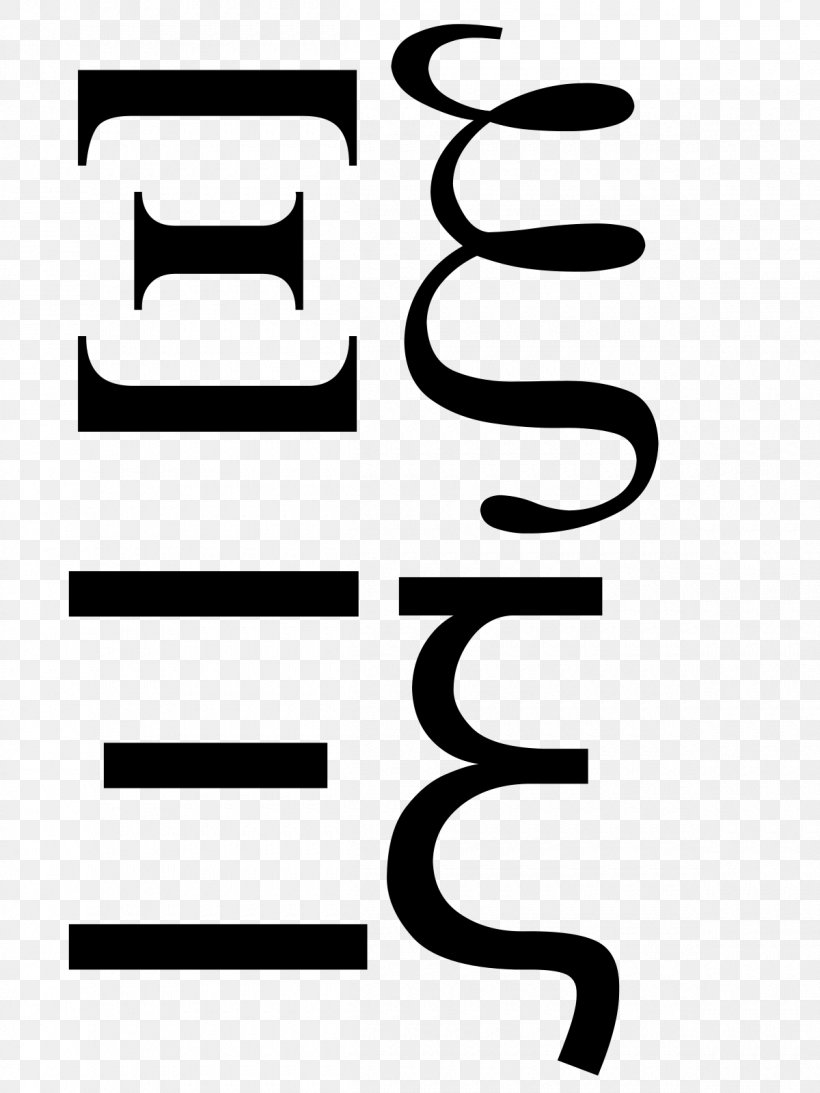
Thes letters do not resemble each other very much so it was tricky to combine them as they feature completely different angles of lines, however, the one plus side was that they both conform or can be made to conform to pretty much the same margins, therefore they could intertwine in some way.
Aesthetic research for the tile itself seemed from ancient greek pottery illustrations and the beautiful clay pot colour that appears to have a subtle gradient to it. The idea of digitalising these traditional means of art was a fascinating visual translation.
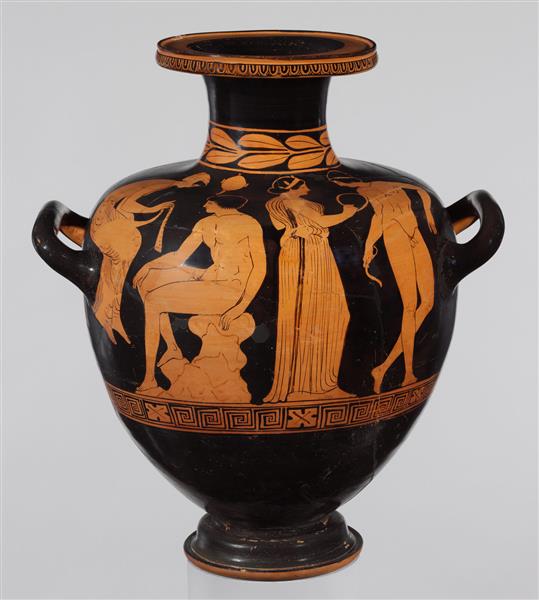
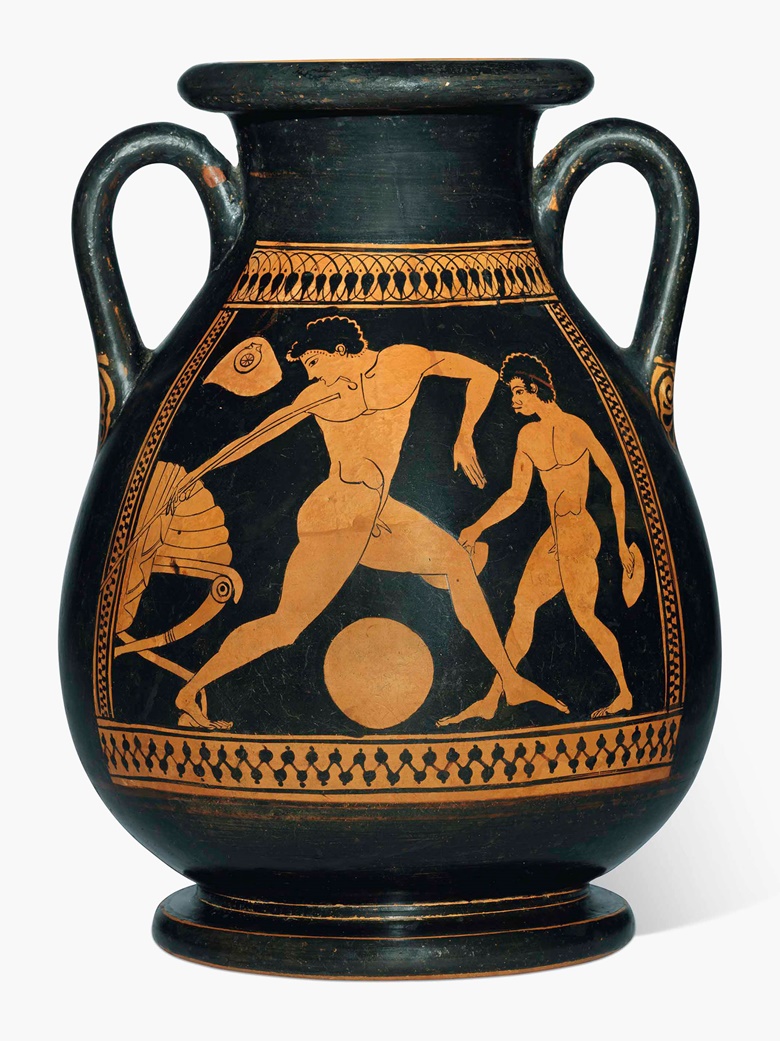
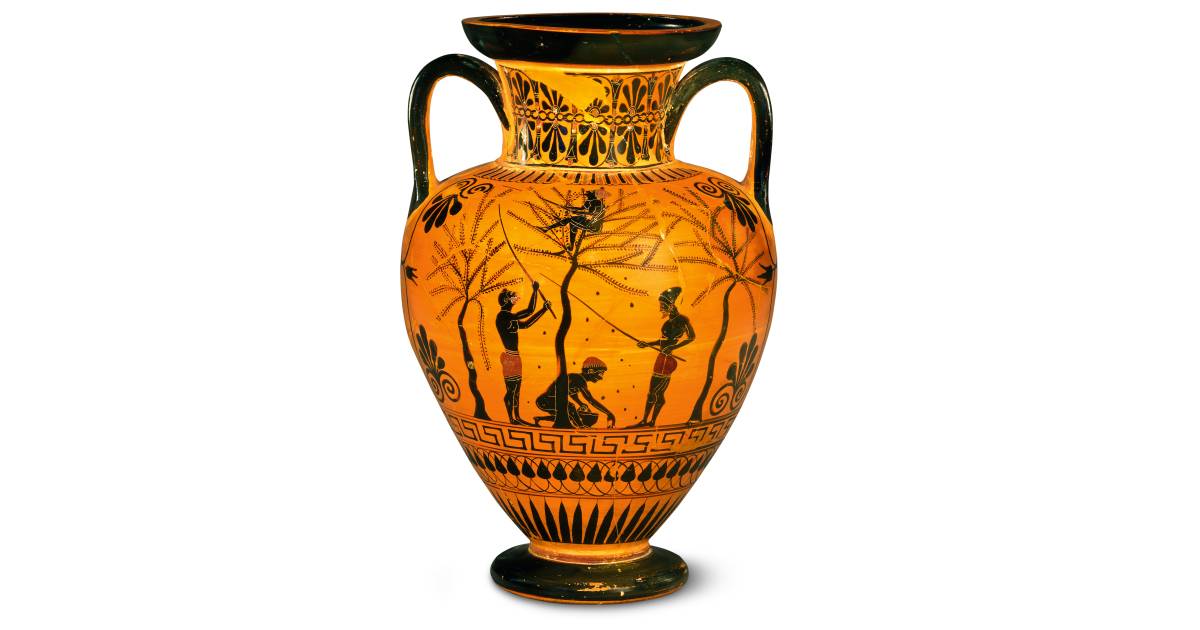
The final outcome was also flanked by laurel leaves to give a little extra flavour from the ancient greek arts and a secondary tile exhibited a happy accident with was invited gradient on gradient giving extra digital flair to the piece and a subtle sense of depth. Overall a successful response to a tricky day brief.
"X is for Xi and Chi - respectively the 14th and 22nd letters of the Greek alphabet. The letter Xi (Ξ) was used to represent a ks sound in Ancient Greek but the sound later became represented by the more familiar Chi (X) which was the form adopted by the Latin alphabet."
After a big headache and lots of sketches, I decided to simplify and get the letter done by revisiting the Greek alphabet which in turn had its own criteria pondering points as the Greek letter than gave its aesthetic to our modern X, Chi does not begin with X. For this reason I set about combining the 2 constituents of the ks sound we're used to Xi and Chi.
"Both in classical Ancient Greek and in Modern Greek, the letter Ξ (Chi) represents the sound [ks]. In some archaic local variants of the Greek alphabet, this letter was missing. Instead, especially in the dialects of most of the Greek mainland and Euboea, the sound [ks] was represented by Χ (which in classical Greek is chi, used for /kʰ/). Because this variant of the Greek alphabet was used in Italy, the Latin alphabet borrowed Χ rather than Ξ as the Latin letter X"


Thes letters do not resemble each other very much so it was tricky to combine them as they feature completely different angles of lines, however, the one plus side was that they both conform or can be made to conform to pretty much the same margins, therefore they could intertwine in some way.
Aesthetic research for the tile itself seemed from ancient greek pottery illustrations and the beautiful clay pot colour that appears to have a subtle gradient to it. The idea of digitalising these traditional means of art was a fascinating visual translation.



The final outcome was also flanked by laurel leaves to give a little extra flavour from the ancient greek arts and a secondary tile exhibited a happy accident with was invited gradient on gradient giving extra digital flair to the piece and a subtle sense of depth. Overall a successful response to a tricky day brief.
"X is for Xi and Chi - respectively the 14th and 22nd letters of the Greek alphabet. The letter Xi (Ξ) was used to represent a ks sound in Ancient Greek but the sound later became represented by the more familiar Chi (X) which was the form adopted by the Latin alphabet."
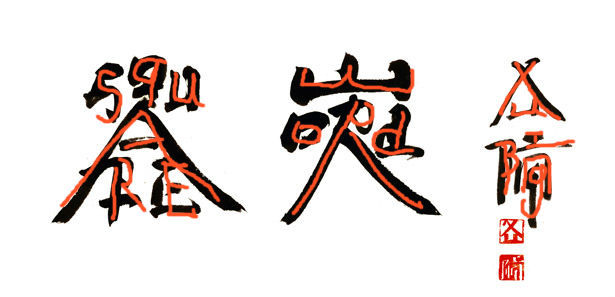



Comments
Post a Comment